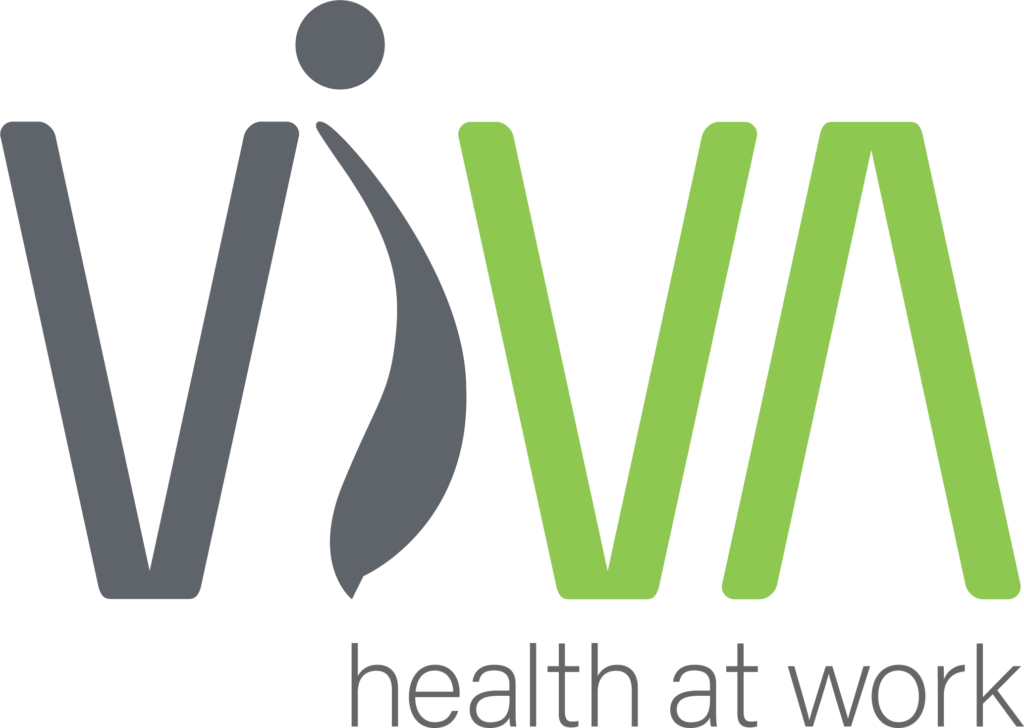Occupational psychosocial health risk assessment tools: Where do we look for the most meaningful, useful, and manageable guidance material?

In the universe of work design,[i] it is important to empathise with those for whom design is intended. For workers, are they invited to participate in work that is constructive to their health? For employers, are there tools and resources that help them navigate the means to meet their business objectives, while supporting and inspiring an engaged workforce? Since the public discourse is pronounced about occupational psychosocial health and risk of mental health disorders among vulnerable populations, it is important to ask: Do we have the right tools and guidance material to understand how to support workers and design work, environments, and systems in a meaningful way?
When we discuss work design that can mitigate consequences of material events (like fatalities) and prop health (like through suitable environments and quality relationships), it seems as though it is the two ends of a spectrum of conventional risk management. That is, instead of an intervention or prevention model, and far from aiming for mediocrity (like the bare minimum that should be done per a regulatory test of our performance), the questions arise about how we can construct health through the design of good work: an INVENTION model. Instead of mitigating risk of adversity, we build good health among populations, and we try damned hard to stop the worst from happening via catastrophes and fatalities. That said, a quality risk management approach should not be foregone.[ii] In fact, conventional management might focus on risk measures. We might be told that this would mean following the letter of the law. Work health and safety legislation instructs us to manage risks.[iii] Yet, arguably, the prosecutions of fatal consequences garner the publicity, get the most attention all round, and can be most costly and alarming (case in point: the recent Ernst & Young Sydney woman’s fatality).[iv]
Derived from learnings about the desirable features and qualities of biomechanical risk assessment tools,[v] it is worth considering whether these elements can be adapted to consider psychosocial risk assessment so that, at least, managers can be guided in defensible measures to prioritise their support of the workforce. The question, then, is:
Are there psychosocial risk assessment tools that meet these criteria?:
- Suitability to apply to a range of work settings, circumstances, and hazard exposures
- Capability to synthesise a range of interacting risk factors that are cognitive, psychosocial, organisational, and biomechanical/physical in nature (such as those that can contribute to fatigue)
- Capability of unique assessment of psychosocial exposures that help to determine the risk of a broad range of mental health disorders
- Comprehensive assessment of risk that provides guidance about the mental health threshold tolerances of a population without false levels of presumed precision (because of the significant variability among humans, their psychological and sensory profiles, and range of responses to known stressors)
- Objectivity through quality design and psychometric properties, avoiding leading questions if in a survey format (e.g., leading questions about bullying or aggression in the workplace)
- Capability of determining risk factors that lead to acute and cumulative events
- Determination of a level of relative severity of independent risk factors per their exposure levels to adequately inform design strategies and intervention
- Suitability for use by generalist safety and health teams should re-assessment be required to contrast any changes to the (re)design of the task, job role, leadership model, communication modes, work behaviours, work system, or environment, following baseline investigations.
I look forward to learning from those specialising in and leading the field in occupational psychosocial safety and quality work design, because this type of knowledge-sharing is needed: What tools do you use, and why do they suit your applications? Do they meet the criteria above?
In terms of risk versus consequence, maybe it is time to consider employer and employee protections to address the most troublesome and alarming events that can rip apart a fabric of well living. The Queensland Work Health and Safety legislature[vi] has opened for comment.
Disclaimer
Sara Pazell, BAppSci(OT), MBA, PhD, CPE, is the principal work design strategist in a consultancy practice that she pioneered (www.vivahealthgroup.com.au). She is affiliated with several Australian universities and service, product, or training organisations. These opinions reflect no other organisation with whom Sara has an affiliation; the ideas, concepts, and opinions are wholly Sara’s (influenced, of course, by the many scholars and teachers from whom Sara has been blessed to learn and sometimes wrangle with intellectually).
[i] Karanikas, N., Pazell, S., Wright, A., & Crawford, E. (2021). The What, Why and How of Good Work Design: The Perspective of the Human Factors and Ergonomics Society of Australia. In Rebelo, Francisco (Ed.) Advances in Ergonomics in Design: Proceedings of the AHFE 2021 Virtual Conference on Ergonomics in Design. Springer, Cham, Switzerland, pp. 904-911.10.1007/978-3-030-79760-7_108.
[ii] ISO 45003: 2021: Occupational health and safety management — Psychological health and safety at work — Guidelines for managing psychosocial risks https://www.bsigroup.com/en-AU/iso-45003/#:~:text=ISO%2045003%20is%20the%20first,health%20and%20safety%20management%20system
[iii] WHS Act (2011). https://www.legislation.gov.au/Details/C2022C00082
[iv] News.com.au (2 Sept 2022). Family of Ernst and Young Employee Break Silence After Tragic Death. https://www.news.com.au/finance/work/at-work/family-of-ernst-and-young-employee-break-silence-after-tragic-death/news-story/916bdf5b1d4057e43fe9b5a5f98f246a (accessed 4 September 2022)
[v] Burgess-Limerick, R. (2003). Issues associated with force and weight limits and associated threshold limit values in the physical handling work environment: Issues paper commissioned by NOHSC for the review of the National Standard and Code of Practice on Manual Handling and Associated Documents. http://burgess-limerick.com/download/d2.pdf
[vi] Queensland Government Office of Industrial Relations (31 August 2022). Work Health and Safety Act 2011 Review. https://www.oir.qld.gov.au/public-consultation/work-health-and-safety-act-2011-review (accessed 2 September 2022)
